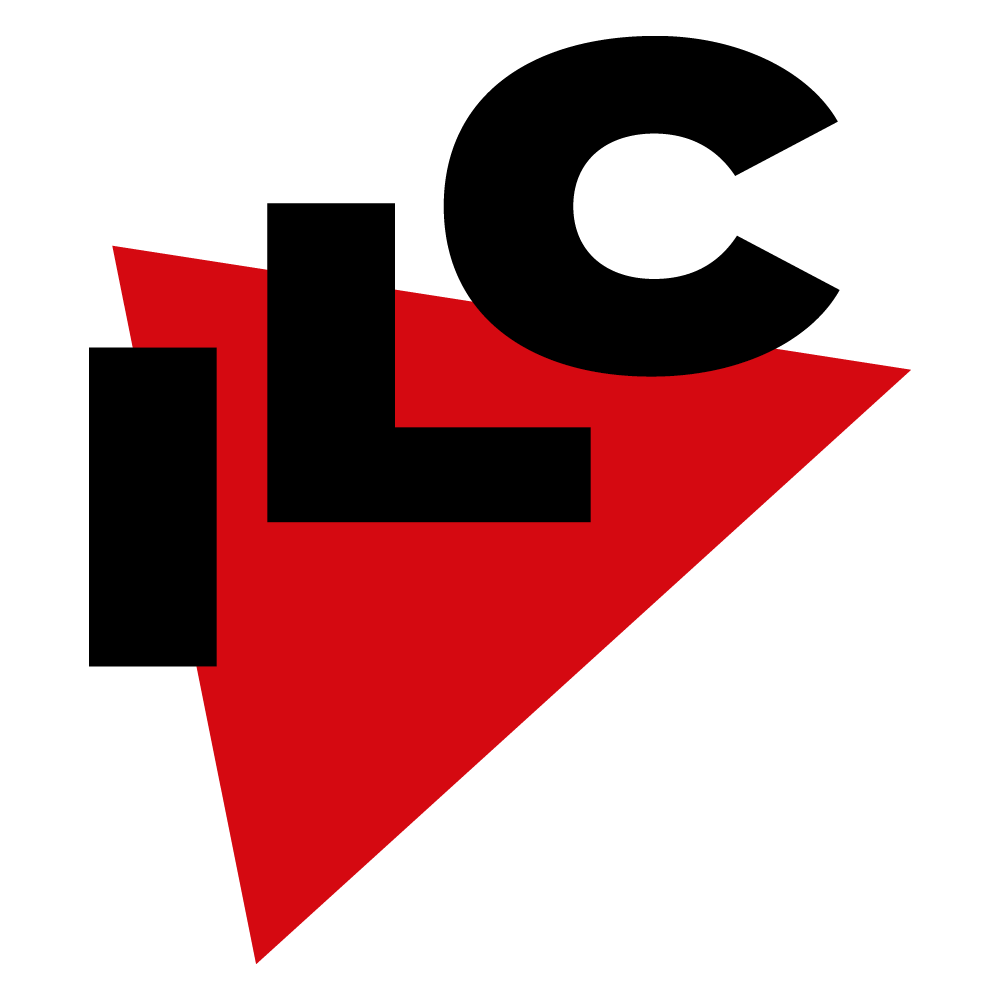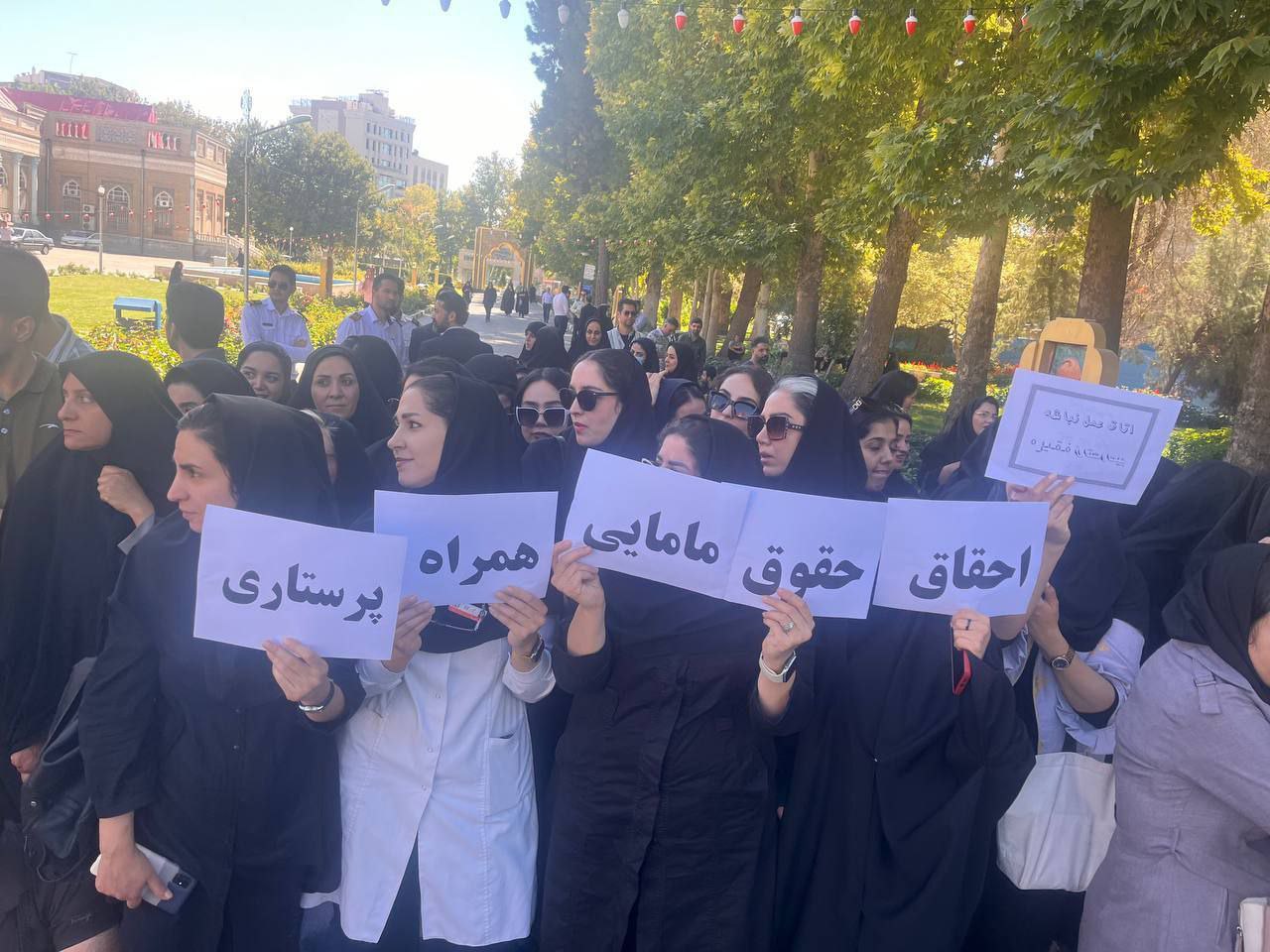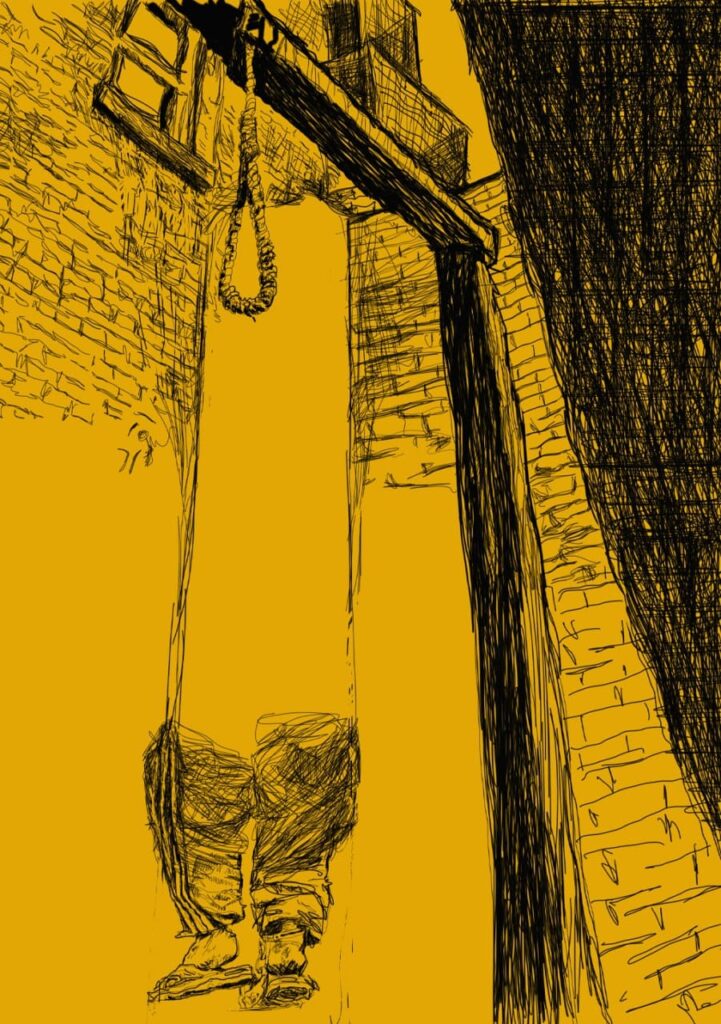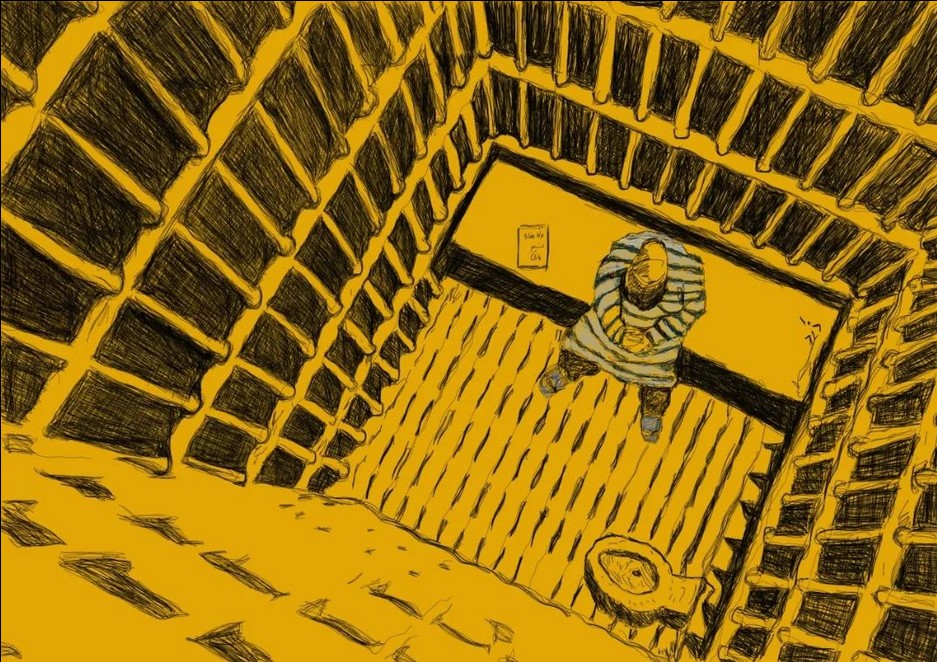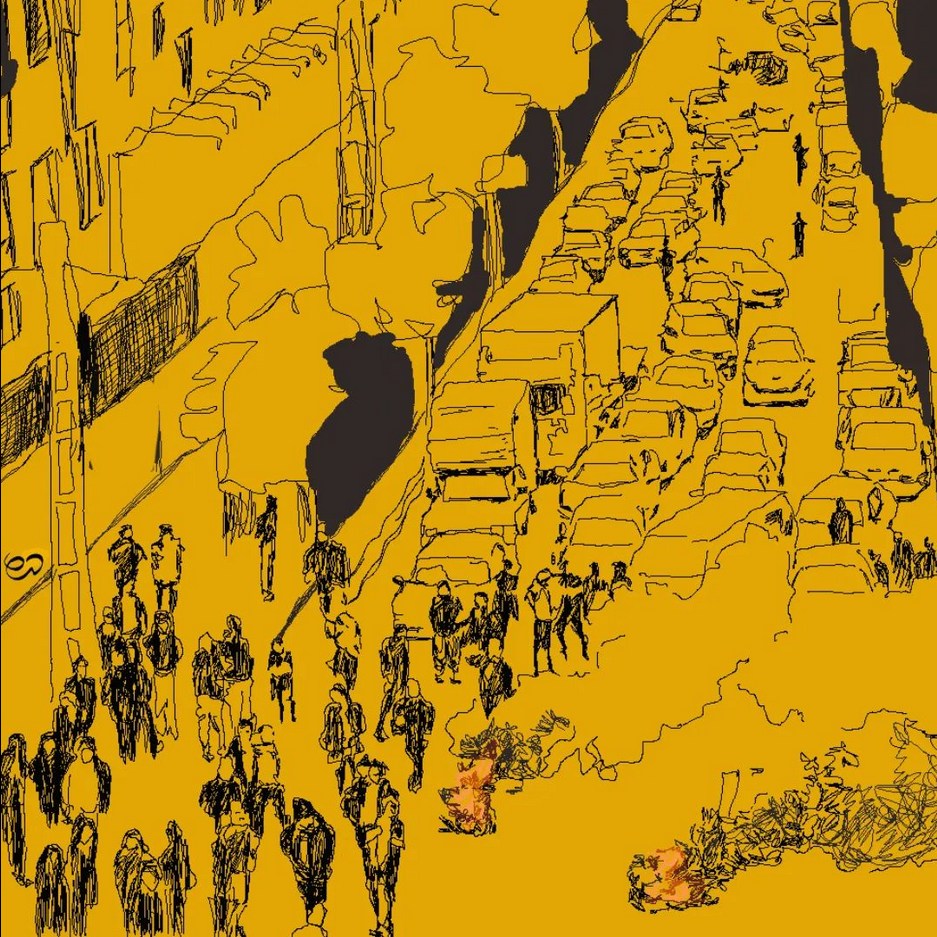On August 1, 2024, nurses at Imam Ali Hospital in Karaj initiated a strike in protest of management practices, unpaid wages, and hospital facilities issues. The following day, nurses and healthcare staff from other hospitals, including Kosar, Rajaee, Madani, and Shariati hospitals in Karaj, as well as nurses from hospitals such as Ibn Sina, Rajaee, Chamran, Ustad Mehrabi, Al-Zahra Heart Hospital, Amir Oncology Center, and others in Shiraz, also went on strike due to unmet demands and concerns. In Shiraz, some nurses even collectively resigned from their jobs.
Subsequently, numerous hospitals in cities including Fasa, Lamerd, Abadeh, Jahrom, and Neyriz in Fars Province, as well as hospitals in other provinces such as East Azerbaijan, Zanjan, Yazd, Mazandaran, Markazi, Kermanshah, Bushehr, Tehran, Khorasan Razavi, and others joined the strike. For the past three weeks, striking nurses across the country have ceased working and have been gathering daily in hospital premises or in front of government buildings, including the Ministry of Health, to protest. Over fifty hospitals in 20 cities across Iran have witnessed widespread professional protests by nurses.
In recent years, Iranian nurses and healthcare workers have consistently organized large-scale protests against poor living conditions, job-related issues, and the government’s failure to address their demands. However, this is the first time in over a century of professional nursing in its modern form that nurses have gone on strike to claim their rights. This unprecedented action indicates that this dedicated and hardworking group has lost all faith in the government’s empty promises and now sees street protests as the only way to voice their problems.
So far, the authorities have only made promises without any enforceable commitments. Additionally, through governmental security agencies and administrative misconduct committees, they have summoned, interrogated, and threatened striking nurses with dismissal. In some of the protest gatherings in cities like Mashhad, Arak, and others, security forces have attacked the nurses, threatening and assaulting them, and arresting some.
The primary demands of Iranian nurses and other healthcare workers include improving living conditions and increasing wages through measures such as “payment of special compensation for nurses (calculated based on base salary and job difficulty, promised for the past 11 years) and its inclusion in seniority calculations,” “triple pay for nursing overtime,” “elimination of income tax for nurses,” as well as other demands including “abolishing mandatory overtime,” “implementation of the law for hazardous and strenuous jobs,” “increasing the annual leave entitlement for nurses,” and “reducing seasonal working hours to align with other government employees.”
All the nurses’ demands fall within the framework of previously approved laws, which the state has never fully implemented. Nursing was recognized as a “hazardous and physically demanding profession” in 1989, and in 2009, this recognition was confirmed by the Parliament. Yet, despite this, the law has not been properly enforced. The law on job valuation for nursing has also not been correctly implemented. Unlike doctors, healthcare workers’ services still lack standardized and specific rates. The law on improving the clinical system has been partially implemented, and there is discrimination between the private and public sectors. Moreover, special payments with a multiplier of 3, which have been applied to all jobs, have only been implemented at 0.4 (four-tenths) for nurses. Another significant issue is mandatory overtime. Overtime is imposed on nurses illegally and without their consent.
According to statistics released by the Deputy of Nursing at the Ministry of Health in 2023, the healthcare workforce in Iran comprises 226,000 individuals employed across 1,061 public and private hospitals and medical centers. The distribution of various healthcare groups is as follows:
“In clinical care, there are 140,000 personnel, making up 61% of the medical community. Operating rooms are staffed by 18,675 nurses, accounting for 8%, while 15,707 individuals, or 7%, work in anesthesia. Approximately 7,000 workers, or 3%, are in nursing assistance. The auxiliary nursing and nursing assistance sector includes 24,000 personnel, representing nearly 11%. The midwifery group consists of over 20,000 people, equaling 9%, and hospital emergency services employ 600 individuals, making up 0.26%.”
A significant and pressing issue for Iranian nurses, as with other sectors of the workforce, is the lack of independent unions. The government has never allowed different labor groups in Iran to establish their own independent organizations. State-created entities, such as the Nurses’ House, have no real intention of pursuing the demands of nurses; instead, they merely follow government orders and employers’ recommendations. These organizations attempt to manage demands and disputes in the manner of proxy agencies, excluding workers entirely from the decision-making process and obstructing their right to holding assemblies, collective bargaining, strikes, and protests.
Iran Labour Confederation – Abroad calls upon all fellow labor unions and international organizations to voice their concerns regarding the treatment of labor protests in Iran. We urge you to stand in solidarity with Iranian nurses in their ongoing strike and to advocate for their rights. We appeal for collective action to address the situation and to urge the Islamic Republic of Iran to comply with international labor standards, ensuring the protection and respect of workers’ rights in accordance with global norms.
Iran Labour Confederation – Abroad
August 21, 2024
